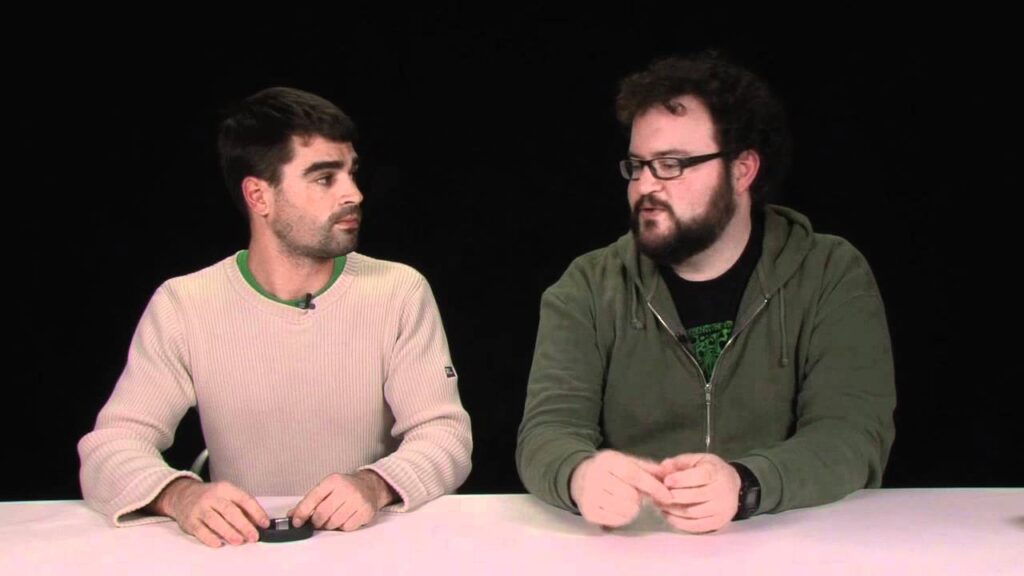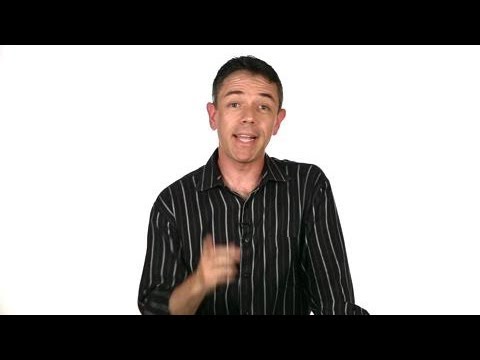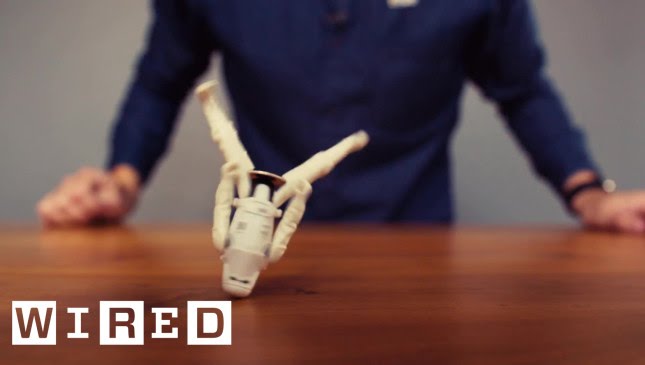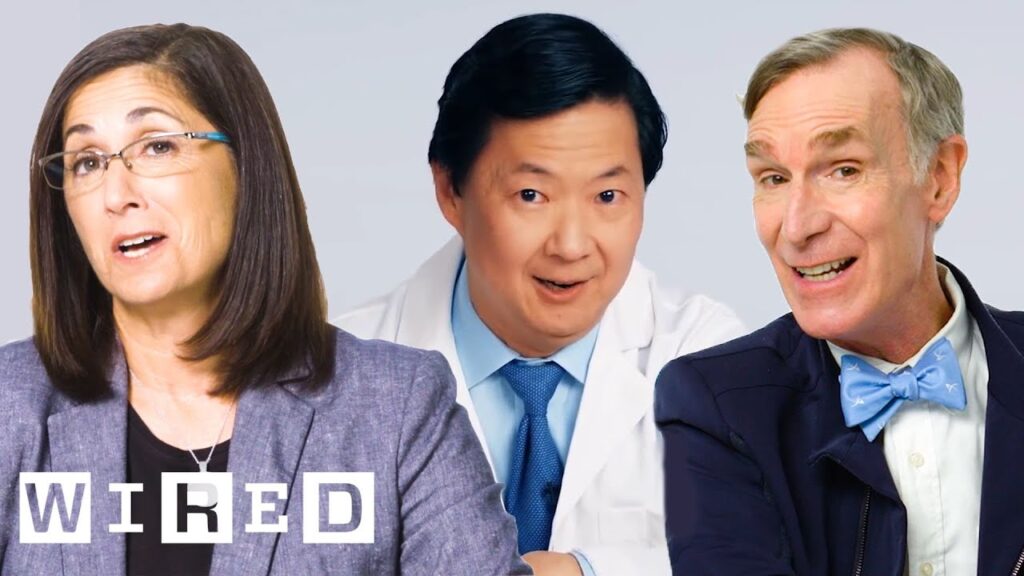Realism in Film Production: Getting Back to the Basics
Summary
In this Q&A, FXGuide.com’s Mike Seymour talks with Image Engine’s Neil Blomkamp in regards to their latest film Elysium. Blomkamp shares his obsession with getting as much in the camera as possible, including models, miniatures, props, sets, and location. The team doubles the spaceships and robot droids with grey tracking suits to allow for greater interaction and movement, which are then later replaced with digital CG during post-production. The article goes on to discuss where the team went for reference when creating realistic shots of the enormous Elysium, which was about two kilometers wide and had a circumference of 125.6 kilometers. The team went to Malibu and Hollywood Hills to get helicopter reference photography and remove all earthly structures to make it similar to Elysium’s nirvana.
Table of Contents
- Realism – Filming with Models and Miniatures
- Realism – Creating Believable Movement Through Grey Tracking Suits
- Creating Realistic Shots
- Reference and Shooting Locations
- Conclusion
Realism – Filming with Models and Miniatures
In today’s world, where computer graphics effects have become more prevalent, directors and audiences often crave realism. As a result, there has been a push to get back to doing more as much as possible in-camera and as much as possible on site. Blomkamp’s obsession with getting shots as much in the camera as possible is evident in their latest film Elysium. For the first half of the movie, set on Earth, the team used location shooting in Mexico at the world’s largest garbage dump. The real props were used where possible, and when they weren’t available, they doubled the spaceship or the Raven with helicopters.
Realism – Creating Believable Movement Through Grey Tracking Suits
For the realistic movement of robot droids, the team used a mix of grey tracking suits, props, and digital CG. The team used tracking suits to enable greater interaction and believable movement, which allowed Neil to direct and edit with a performance that is close to what he anticipates as the final result. The team then replaced the grey suits with digital CG during post-production, which provided greater flexibility in terms of movement and interaction.
Creating Realistic Shots
For the outer space portion of the film, the team needed to create realistic shots of the enormous Elysium, which was about two kilometers wide and had a circumference of 125.6 kilometers. The team went to Malibu and Hollywood Hills to get reference photography and remove all earthly structures to make it similar to Elysium’s nirvana. The more complex shots of that Elysium ring actually contained over three trillion polygons.
Reference and Shooting Locations
To create realistic shots of the Elysium, the team had to get reference photos from shooting locations. Blomkamp and Seymour went out to Malibu and Hollywood Hills and did a lot of helicopter reference photography out there. The team had to remove everything earthly and add in some landing platforms for shuttles to make it similar to Elysium’s nirvana.
Conclusion
In conclusion, getting back to the basics by filming in-camera and on-site as much as possible has become a trend in film production. Neil Blomkamp’s obsession with getting shots as much in the camera as possible is evident in their latest film Elysium, as it involved the use of models, miniatures, props, sets, and location shooting. Even in the case of digital CG, the team used grey tracking suits and digital CG to create realistic movement and interaction. Finally, the team’s ability to create realistic shots of Elysium depended on their ability to get reference photos from shooting locations like Malibu and Hollywood Hills.







